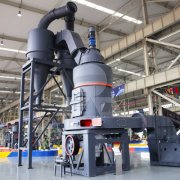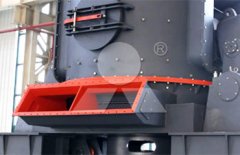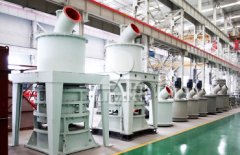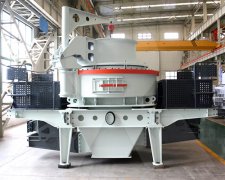Crushed Limestone Backfilling
Crushed limestone backfilling is a common practice in construction and engineering projects. It involves using crushed limestone as a material to fill voids, trenches, or excavated areas. Here are some key points about crushed limestone backfilling:
Crushed limestone typically consists of angular fragments of varying sizes. It is often chosen for backfilling due to its stability, compaction characteristics, and ability to drain water.
Proper compaction is essential for crushed limestone backfilling. It helps ensure stability, reduce settlement, and enhance load-bearing capacity. Compaction can be achieved using compaction equipment like plate compactors or vibrating rollers.
The gradation or particle size distribution of the crushed limestone is important for backfilling. It is typically specified based on the project requirements, taking into consideration factors such as the intended use, soil conditions, and engineering specifications.
Crushed limestone backfilling is commonly used in various applications, including utility trenches, foundation backfill, retaining walls, road construction, and landscaping projects.
Before backfilling with crushed limestone, it is crucial to properly prepare the area by removing any debris, loose soil, or organic materials. The area should be compacted and leveled to create a stable base for the backfill material.
When using crushed limestone backfilling in engineering projects, it is essential to follow engineering guidelines and specifications to ensure the desired performance and stability of the backfilled area.
It's important to note that specific requirements and recommendations may vary depending on the project and local regulations. Consulting with a qualified engineer or construction professional is advisable for accurate guidance based on your specific project needs.
Recommended news




